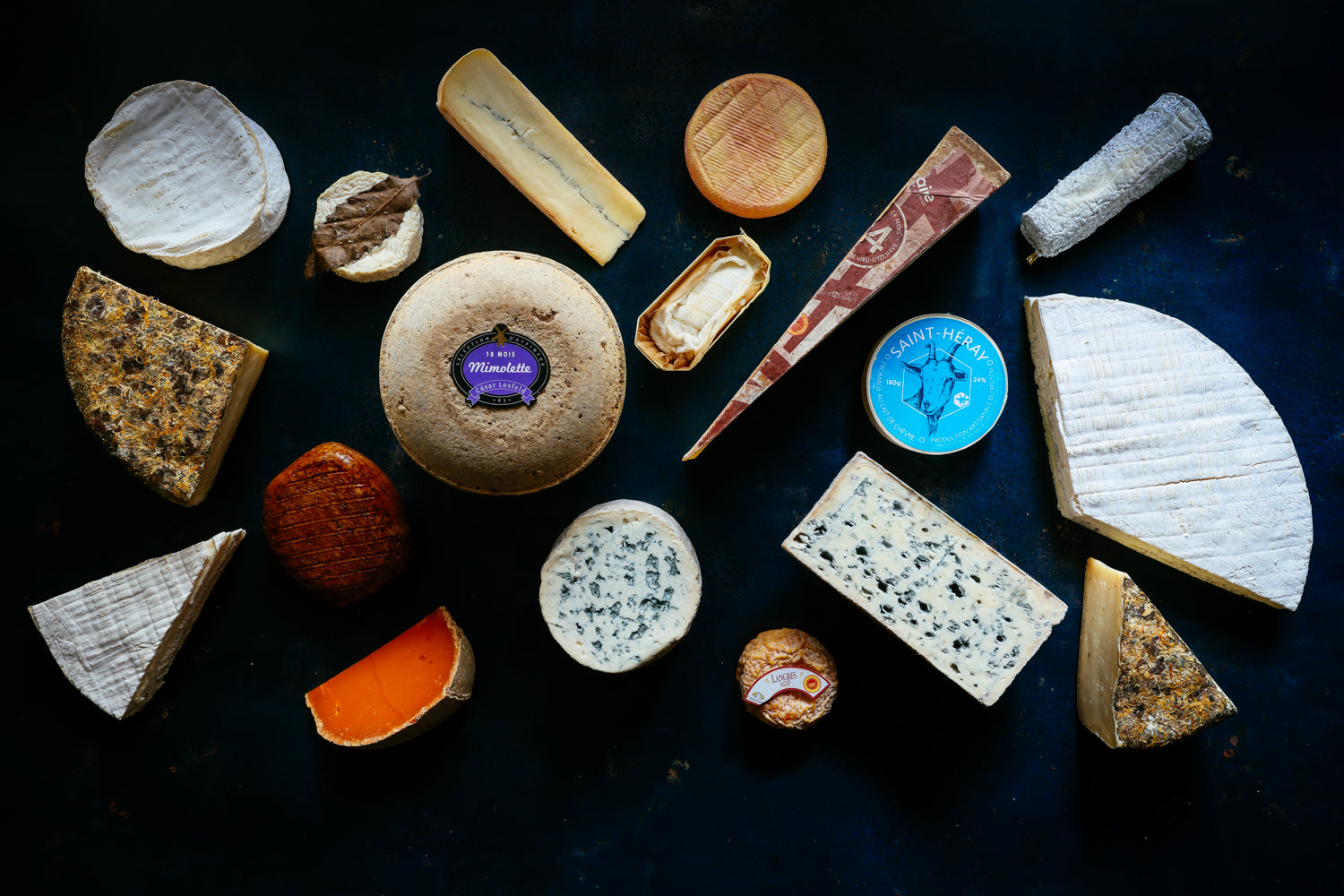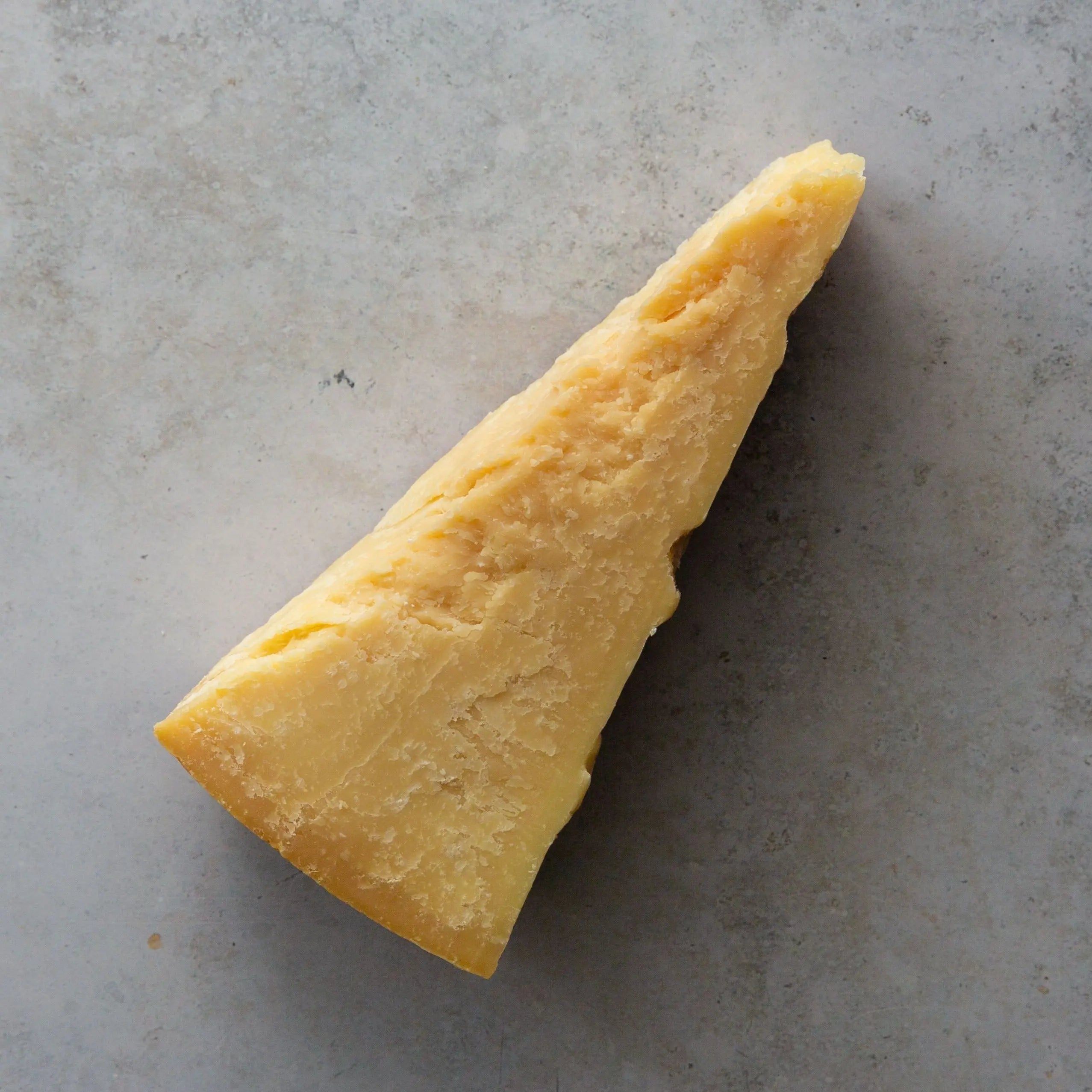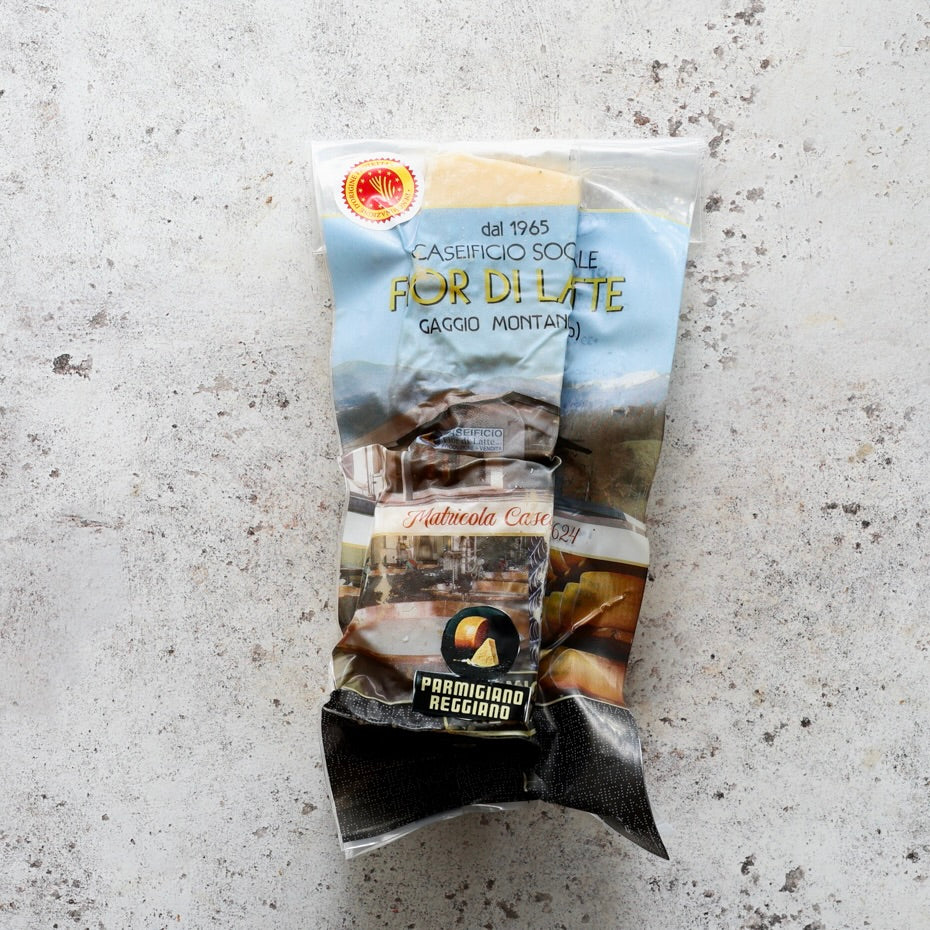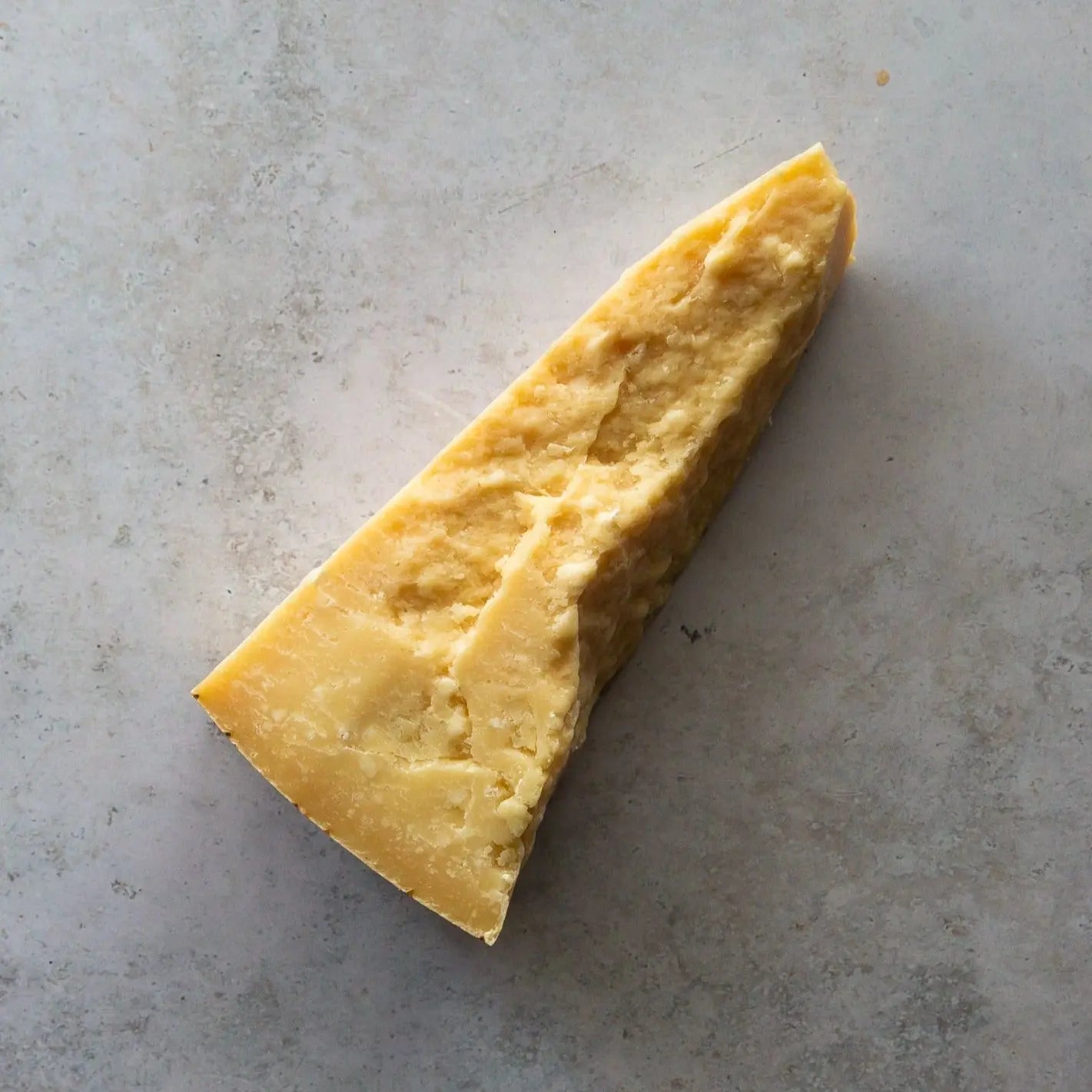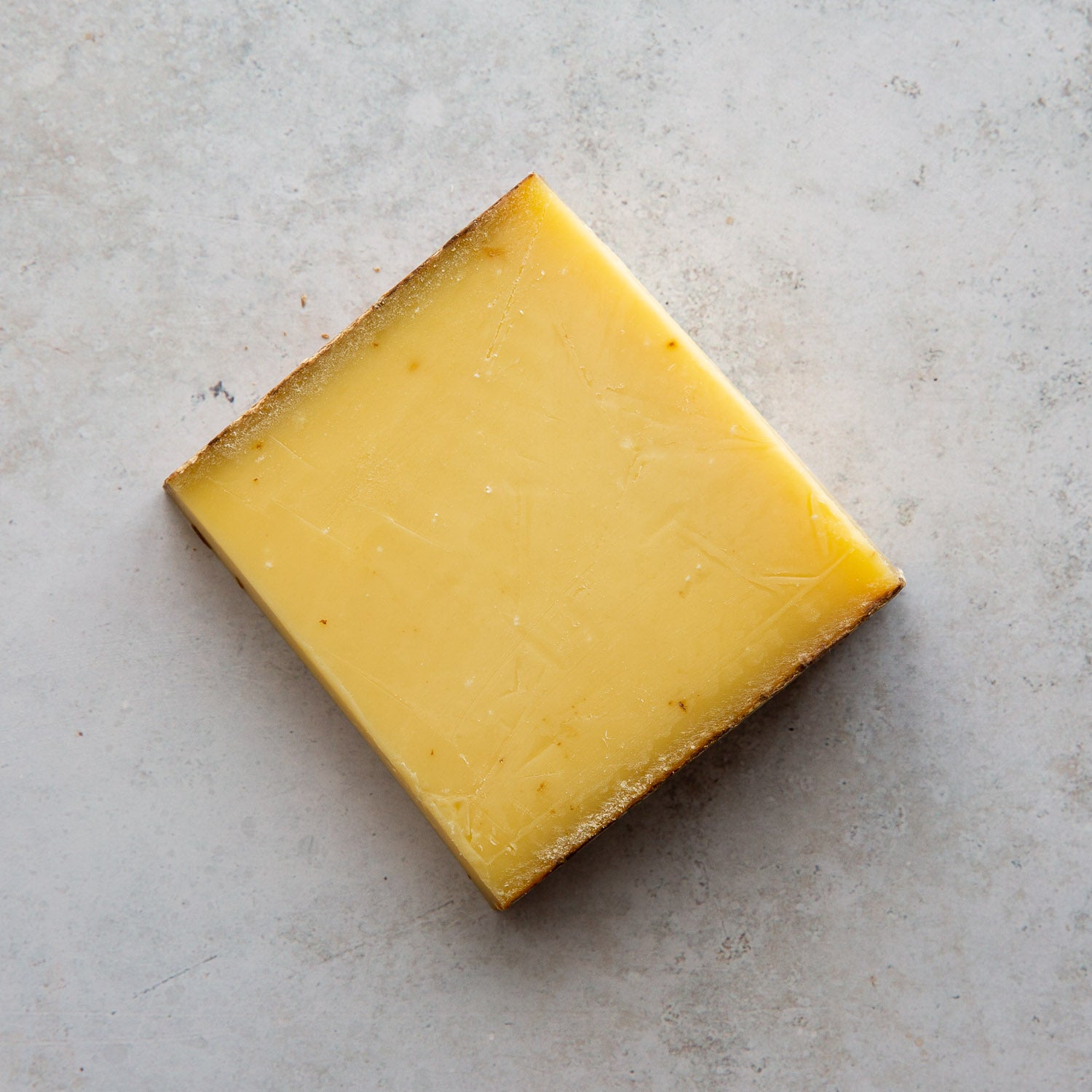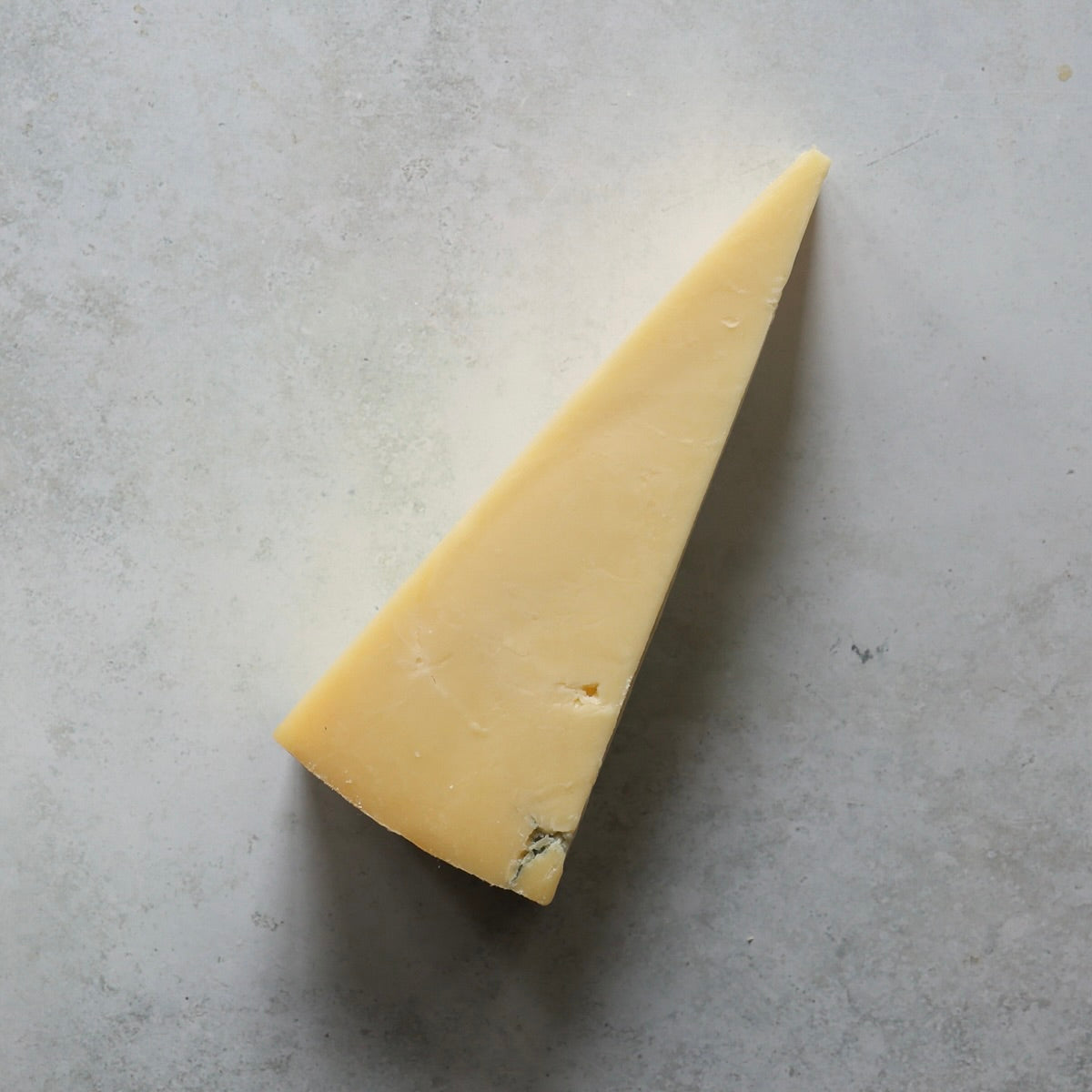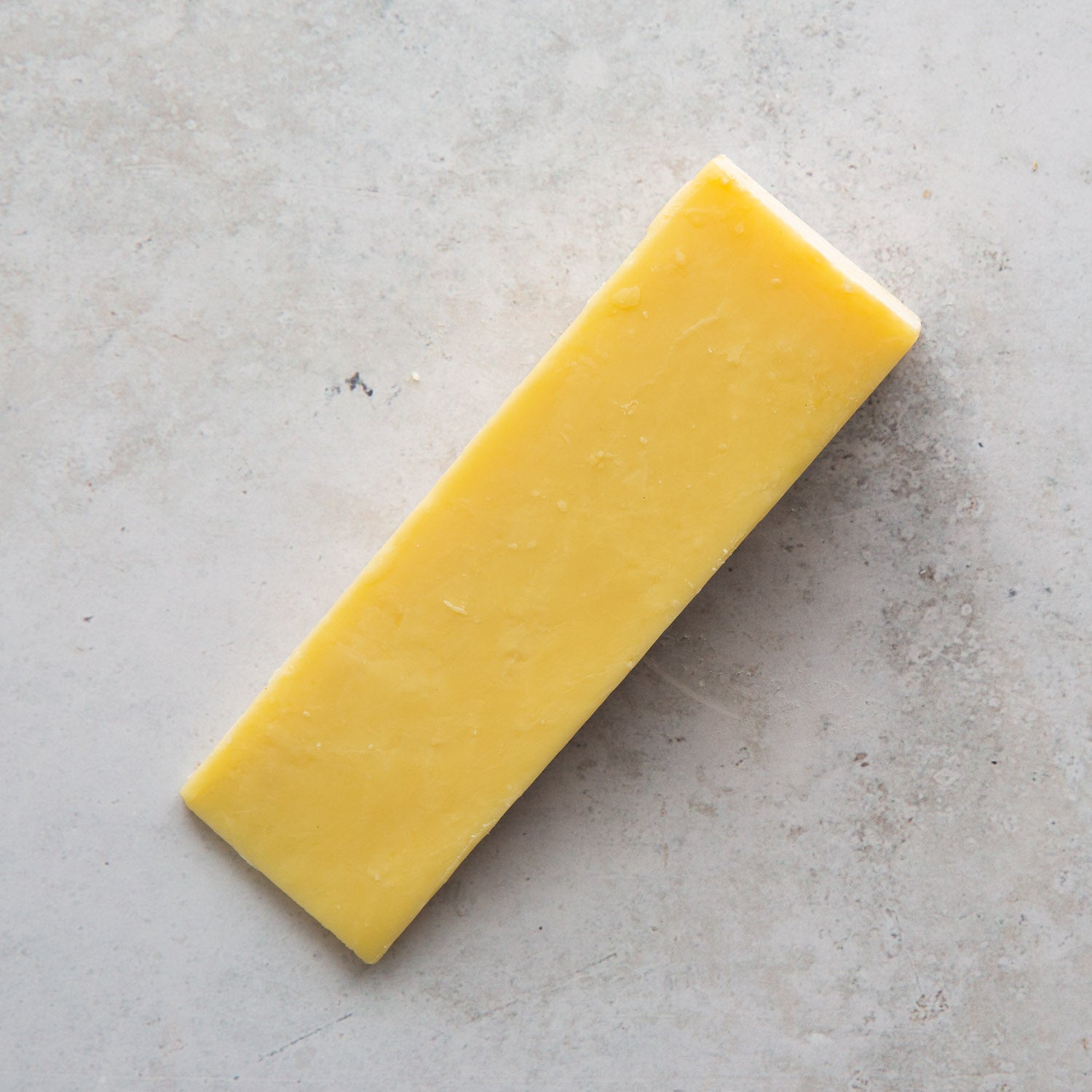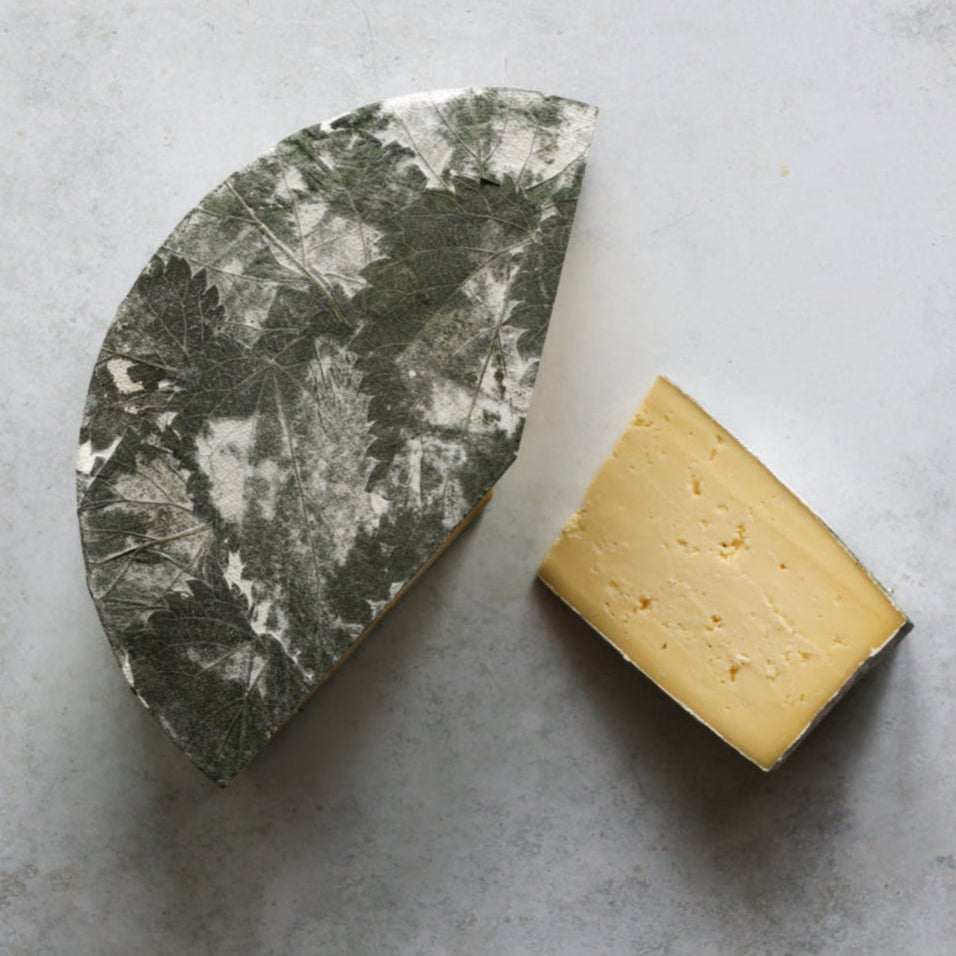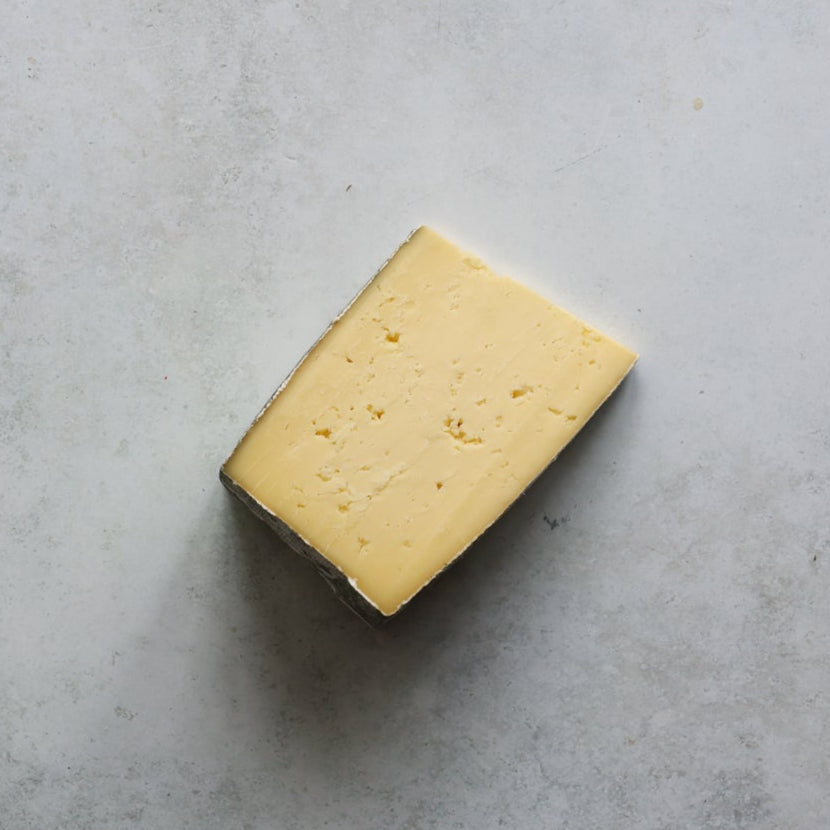THE ART IN ARTISAN CHEESE
The enchanting world of artisan cheese, where tradition meets craftsmanship and every wheel tells a story. Unlike mass-produced varieties, artisan cheeses are lovingly created by small-scale producers using time-honored methods, often with milk from their own herds. These cheeses represent the pinnacle of dairy artistry—each one a unique expression of terroir, technique, and passion.
A BRIEF HISTORY OF CHEESE
Cheese making dates back over 8,000 years, likely discovered by accident when an Arabian merchant stored milk in a pouch made from a sheep's stomach. The natural enzymes (rennet) present in the stomach lining, combined with the constant agitation from his camel's movement and the warmth of the desert sun, created the perfect conditions for coagulation. What started as liquid milk transformed into solid curds floating in whey, and thus, one of humanity's greatest culinary discoveries was born.
This serendipitous discovery spread rapidly across ancient trade routes. The Sumerians of Mesopotamia were not only making cheese by 3000 BCE but had developed sophisticated ageing techniques, storing their cheeses in cool caves and underground chambers. Archaeological evidence suggests they created both fresh and aged varieties, understanding that time could transform simple curds into complex, flavourful treasures.
The Romans elevated cheese making to an art form, systematising production methods that remain fundamentally unchanged today. They gave us the Latin word "caseus," from which we derive "cheese" in English, "fromage" in French (from "formaticus," meaning "made in a form"), and "queso" in Spanish. Roman soldiers carried aged cheeses as portable protein, while wealthy citizens enjoyed elaborate cheese courses featuring varieties from across their vast empire.
Roman innovations were remarkable: they developed pressing techniques for hard cheeses, perfected brining methods for preservation, and created ageing processes that produced the direct ancestors of Parmigiano-Reggiano and Pecorino Romano. Pliny the Elder documented over a dozen distinct cheese varieties in his Natural History, describing ageing caves in the Apennines and the Alps that still produce legendary cheeses today.
During the Middle Ages, European monasteries became centres of cheese innovation. Monks had the time, resources, and dedication needed for the lengthy ageing processes, creating legendary varieties like Limburger and Port du Salut that are still cherished today.
TYPES OF CHEESE

Hard Cheeses
Hard cheeses are aged for extended periods, developing complex flavors and firm textures. From French classics like Comté and aged Gruyère to Italian Parmigiano-Reggiano and traditional British farmhouse Cheddar, these cheeses offer concentrated flavors and crystalline textures. Alpine cheeses like Beaufort and Emmental showcase how mountain milk and cave aging create nutty, complex profiles perfect for both cooking and pairing with robust red wines.

SOFT CHEESES
Soft cheeses ripen from the outside in, developing creamy, luxurious textures. French classics like Brie de Meaux and Camembert de Normandie exemplify this category with their earthy, mushroom flavors and rich, flowing interiors. Italian varieties like Robiola and Taleggio offer different expressions of soft cheese artistry, while British makers create their own interpretations. These cheeses are best enjoyed at room temperature when their creamy centers can properly flow.
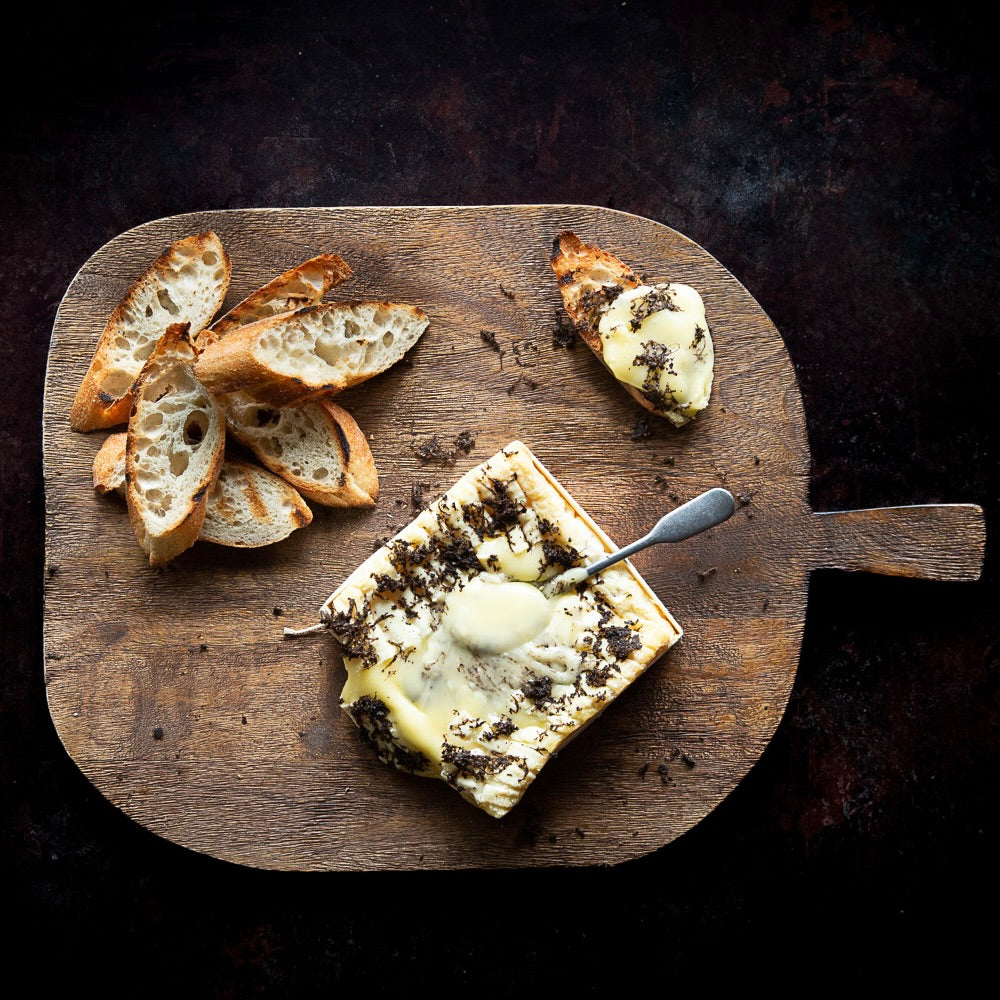
Washed Rind Cheeses
These bold, aromatic cheeses are regularly bathed in brine, wine, or spirits during aging. The process creates distinctive orange-pink rinds and develops intense, savory flavors. French classics like Époisses de Bourgogne, washed in Marc de Bourgogne, and Munster from Alsace showcase this technique's power. German Limburger and Italian Taleggio demonstrate how different regions interpret this ancient method, creating smooth, supple textures with increasingly savory notes toward the rind.

Blue Cheeses
These noble rot cheeses develop their characteristic blue-green veining through careful introduction of Penicillium cultures. French Roquefort, made exclusively from sheep's milk and aged in natural caves, represents the king of blues. Italian Gorgonzola ranges from creamy dolce to sharp piccante, while British Stilton offers rich, crumbly textures with sweet mineral notes. Spanish Cabrales and Danish blue varieties show how different milk types and aging environments create unique expressions of this ancient technique.

goats milk cheese
Goat cheeses offer a distinctive tangy brightness that sets them apart. From creamy French chèvre and ash-rolled Crottin de Chavignol to firm aged varieties, goat cheeses provide lighter, more digestible alternatives to cow's milk cheeses. French goat cheeses like Sainte-Maure de Touraine with its characteristic straw running through the center, or the pyramid-shaped Pouligny-Saint-Pierre, showcase the remarkable diversity possible with goat's milk.

WINE PAIRINGS FOR CHEESE
The marriage of cheese and wine is one of gastronomy's greatest partnerships. Hard cheeses pair beautifully with full-bodied reds—think aged Cheddar with Cabernet Sauvignon or Gruyère with Pinot Noir. Soft cheeses love crisp whites and light reds; try Brie with Chardonnay or Camembert with Beaujolais.
Washed rind cheeses, with their bold flavors, can handle bigger wines—pair them with Gewürztraminer or even beer. Goat cheeses shine with Sauvignon Blanc or rosé, while blue cheeses create magic with sweet wines like Port or Sauternes, the sweetness balancing the cheese's intensity.
The key is considering weight and intensity—delicate cheeses need gentle wines, while robust cheeses can handle powerful pairings.
Creating the Perfect Cheese Board
A well-crafted cheese board is about balance, variety, and visual appeal. For four people, aim for 100-150g of cheese per person, totaling about 400-600g.
The Foundation (Choose 4-5 cheeses)
One hard cheese (150g): Aged Comté, Gruyère, or Parmigiano-Reggiano for depth and complexity
One soft cheese (100g): Brie de Meaux, Camembert de Normandie, or Robiola for creamy indulgence
One blue cheese (75g): Roquefort, Gorgonzola, or Stilton for bold contrast
One goat cheese (75g): Fresh chèvre, Crottin de Chavignol, or Sainte-Maure for brightness
One wild card (75-100g): Perhaps Époisses, Taleggio, or a regional specialty
The Supporting Cast:
Crackers: 2-3 varieties (plain oatcakes, water crackers, and something with fruit)
Fresh fruit: Grapes, pears, or figs complement cheese beautifully
Nuts: Walnuts and almonds add texture and pair naturally
Something sweet: Local honey or fig jam bridges flavors
Something briny: Cornichons or olives cleanse the palate
Presentation Tips:
Remove cheeses from refrigeration 30-60 minutes before serving
Provide separate knives for each cheese to prevent flavor mixing
Arrange from mildest to strongest, left to right
Fill gaps with fruits, nuts, and accompaniments
Include small spoons for jams and honey
The perfect cheese board tells a story—of place, tradition, and craftsmanship. Each element should complement the others while allowing individual cheeses to shine. Whether featuring local artisan selections or international classics, your board becomes a edible journey through the remarkable world of artisan cheese.


